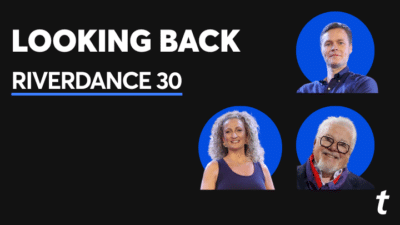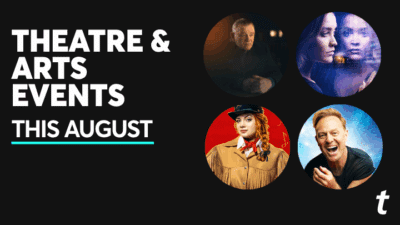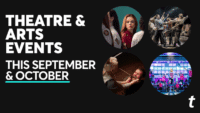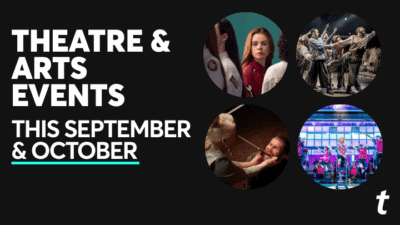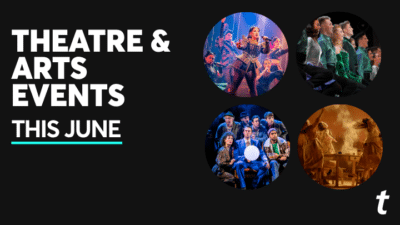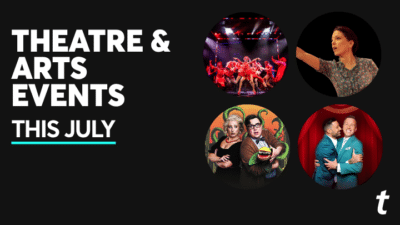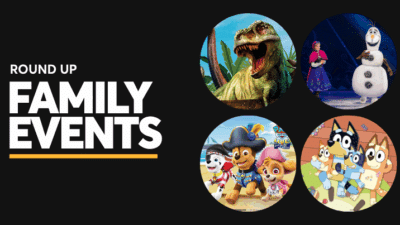Dance
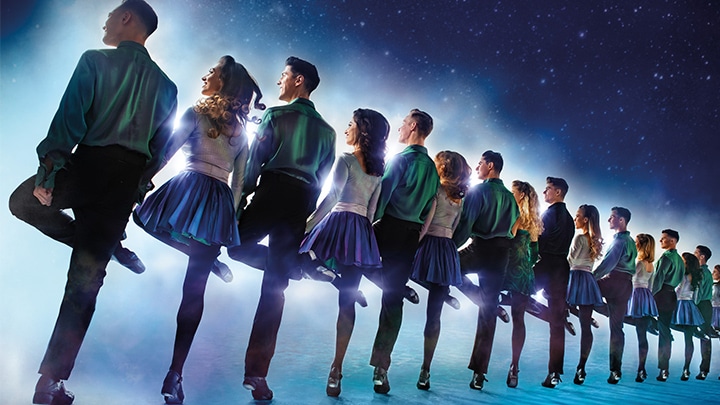
Looking Back
The moment Riverdance arrived
Riverdance creator Bill Whelan talks Eurovision, Michael Flatley, and how a simple coffee shop pitch changed everything
Across the years, the Eurovision Song Contest has thrown up some truly unforgettable moments, but few that have led to such a phenomenon as Riverdance, which took to the world stage on a momentous spring evening in Dublin, 1994. It was a project that fell onto the lap of composer Bill Whelan when meeting RTÉ producer Moya Doherty for a coffee.
“I remember the very first conversation that Moya and I had, which was in a coffee shop in Dublin,” he says. “But it doesn’t tell the story, because for a number of years I had been working with traditional Irish music, working on Kate Bush albums, and gradually starting to write larger orchestral pieces. All those things led to me developing a personal compositional voice if you like, which ultimately, in some way or another, appeared in Riverdance. That’s the long answer, anyway,” he laughs. “The short answer is that Moya asked me to do it!”
The task was simple: compose a half-time performance to be performed at Eurovision, that would celebrate Irish culture in some capacity. Since the Point Theatre was close to the River Liffey, that might be a nice theme to include too…
“We wanted to present a seven-minute piece that in some way or another would draw on the life of the river as an inspiration,” he remembers. “I took the notion of the river starting as it does, as a gentle source, which is the choral piece. It was written to set up the notion of a source, then build to the Jean Butler dance of the river woman, before Michael Flatley, standing for the Earth, with the two of them coming together as the Earth and the water.
“Finally that led to the large dance piece as the river went out into the sea. I also had this notion of it coming back again through rain and starting the circular journey again, that was the imaginative notion in my head as I wrote it.”
It’s this meticulous thought and creative flair that led to the success of Riverdance, as a piece of music that Whelan put so much of himself into and gave such consideration. What transpired was a performance for the ages. It’s not often the interval performance at Eurovision becomes the main talking point the next day, and though nobody expected the world-wide reaction, Whelan did already have an inkling that this could turn into something special.
“We had rehearsals alongside the artists who were performing in the actual song contest, and it was clear that the centrepiece of Eurovision was going to be us,” says Whelan. “Gradually, as the week went by, all the other contestants started to turn up for Riverdance rehearsals. We knew at that stage that this was really going to create a bit of excitement on the night. Nothing really prepared us for what ultimately happened though.”
Watching the performance back now there’s a palpable energy in the room, but that’s not to say that behind the curtain, nerves weren’t kicking in.
“There was great excitement about the night, but for the very reason that it was live, we were all quite nervous, because one slip on that line and the whole thing comes down. Until we got to the last beat of the piece, for us it was quite tense. Until we looked around in the auditorium and saw the entire audience on their feet. In 1994, standing ovations weren’t as commonplace as they are today, in 1994, you really had to knock the socks off the audience to get them on their feet, and they were on their feet. We all looked around and thought, my God, this has gone further than we ever hoped.”
When experiencing a night like that, where anxiety and anticipation takes over, it almost becomes hard to remember it clearly. So naturally, Whelan made sure he watched it back the next day.
“Of course I did,” he laughs, rememering not being able to avoid it in the weeks after. “I went home to Limerick and there was a pub that used to play the video recording of it – and they did that for months!”
Riverdance could so easily have become just that one great performance, but there were loftier ambitions at play, and Whelan knew they had to capitalise on the popularity and keep the flame burning – and so out came the record.
“The weekend after the Eurovision, it was in the stores, which was a very lucky thing because it managed to keep the whole thing alive,” he explained. “Suddenly it went to No.1, and it was number one for 18 weeks.”
This ongoing fandom built a passion for Riverdance amongst audiences, which then pushed Whelan into turning this seven-minute performance into a full stage production, opening the following spring. “I often think about it. I absolutely loved it,” Whelan says of the process. “Moya, Michael Flatley and I were completely engaged in the whole thing.”
This whole period of time, which spanned a year of Whelan’s life, went on to change it forever. The success of Riverdance, and the speed at which its popularity was growing, overwhelmed the composer.
“It felt like it was happening to someone else,” he admitted. “It wasn’t until we went to America and we were playing in Radio City Music Hall, I remember going back to my hotel room one afternoon after rehearsal, ahead of a show that night, and I just lay out on the bed for a moment to take a bit of a breather and suddenly it just came in on me, that all of this had happened. It was there I was finally able to process it and think, here we are, in one of the great venues of the world. It actually happened. It felt like it was happening to somebody else, until that moment.”
It has been roughly 30 years since that moment of clarity in his hotel room, and yet still Riverdance continues to flourish, with a major anniversary tour scheduled for 2025, playing in 30 venues across the UK as well as a residency in Dublin’s Gaiety Theatre for the summer. Whelan believes it has created a striking legacy and changed the image of Irish dancing in popular culture.
“When we did Riverdance at the beginning a lot of the dancers were amateurs, they weren’t professional. When I look at it now, the notion of there being a professional Irish dance show would’ve been very strange in 1994. But now there are plenty of professional Irish dancers, plenty of dance schools, and the development of the form has been incredible,” he continues.
“When I look at it today and I see the standard of young musicians who have taken up Irish dance and music, and the Irish players and pipers, and female pipers too – it wouldn’t have been very often you’d have seen female pipers back in 1994 on the stage. I just noticed Beyoncé has just released an album with a track called ‘Riverdance’ on it. It’s still going, and that is very gratifying.”
When it comes to celebrity fans, or encounters, Whelan has had some memorable experiences thanks to Riverdance too.
“To have received a GRAMMY from Quincy Jones, who was an idol of mine, that was a big moment,” he says. “I remember we were playing in LA one night, and one of the sound crew came up to me afterwards and said there was an elderly gentleman at the stage door who wanted to see me. He said he was with a blonde lady, and I thought well that doesn’t narrow it down in California! But I’d better go down as it’s probably a relative of mine I’d forgotten about, so I went down to the stage door and a grey-haired gentleman came over and threw his arms around me and gave me a hug – and it was Burt Bacharach!”
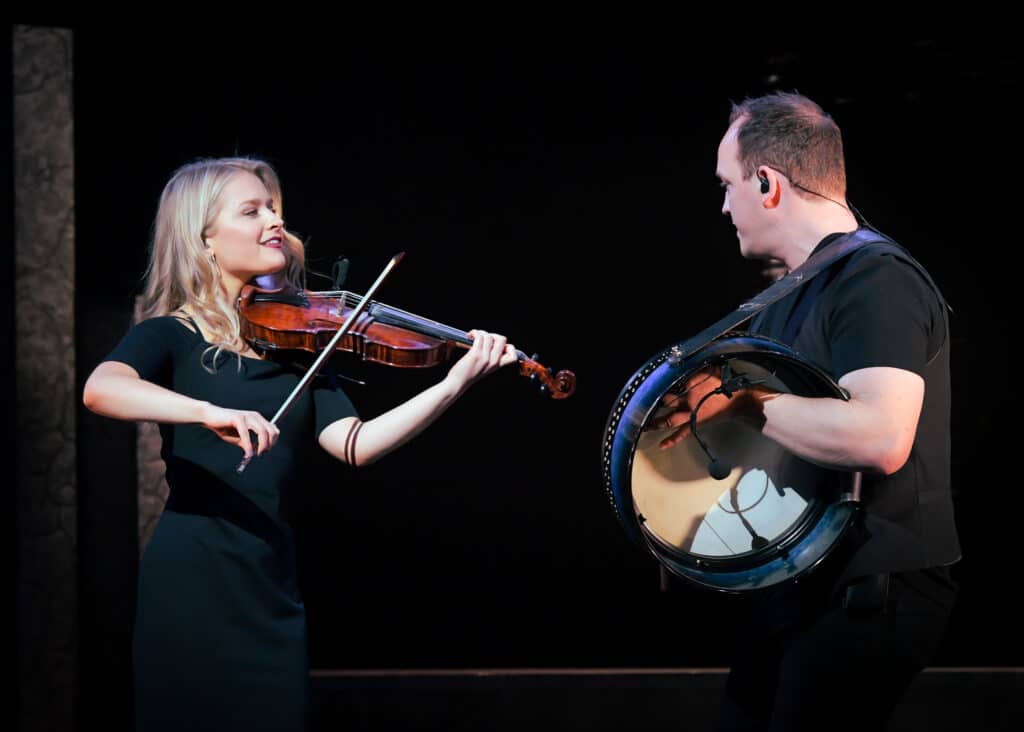
On attempting to wrap his head around the life that Riverdance has given him, and what keeps it relevant and admired, still to this day, Whelan believes that much of it came down to the notion of sharing something inherently and beautifully Irish with the world – something that, until then, audiences were not especially privy to.
“Irish dance didn’t exist in the theatre, it existed in homes, and in competitions and in pubs. It was not presented as a piece of theatre, and I think what we did created something that was theatrically strong. When people are dancing together, usually they were not dancing for you, they were dancing for themselves. But in this… they were dancing for the world.”





